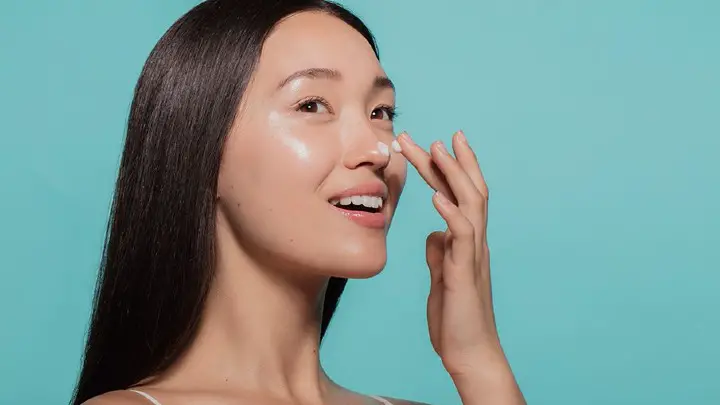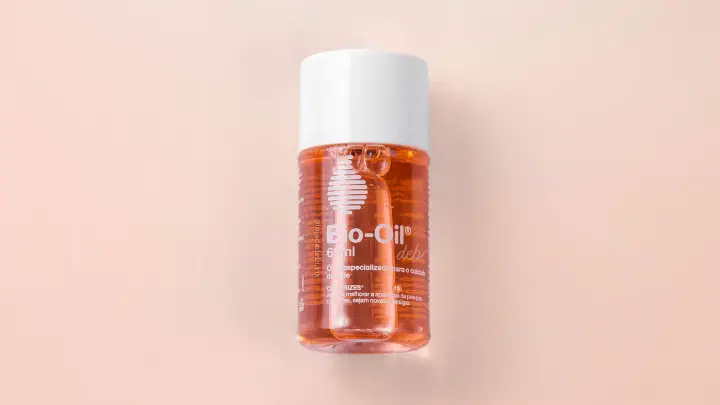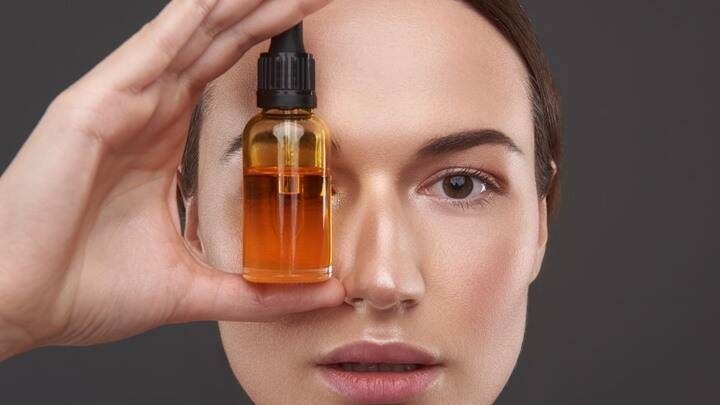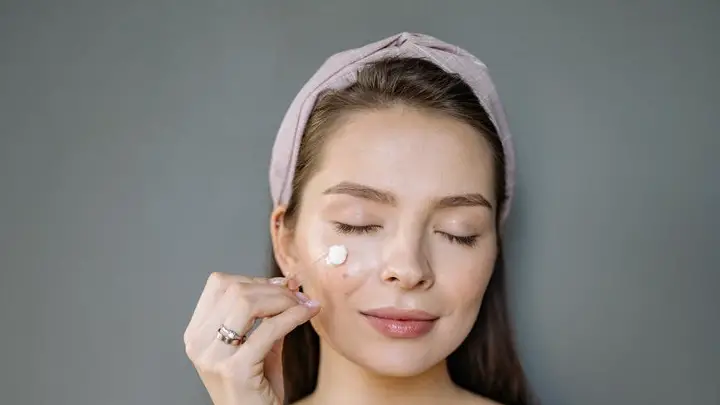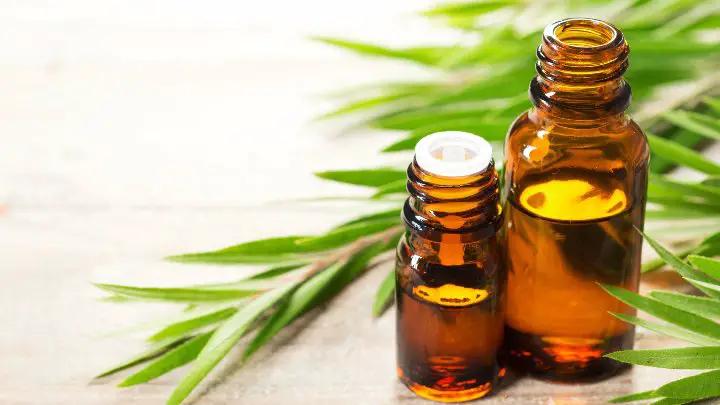Taking care of your skin with retinol is something that carries a lot of hype. We’ve all seen the commercials, magazine ads, and have had friends sing its praises.
Retinol is a powerful ingredient that you can use on your skin to take care of everything from fine lines and wrinkles to acne and hyperpigmentation.
In this article, you will find out what retinol is, how to incorporate it into your daily routine, and tips on how to use it safely. Let’s go.
Skin Care With Retinol
Retinol is a form of vitamin A that has been used for several years in many countries to reduce aging signs like fine lines and wrinkles.
As you age, your skin loses its ability to produce collagen, a protein that makes it more flexible and resilient. When this happens, it loses elasticity and can sag and wrinkle more easily.
The science behind retinol is simple. It increases collagen and elastin production, making it easier for your skin to repair damage from sun exposure and other factors. It also makes your skin cells regenerate at a faster rate, which results in smoother, firmer, and younger-looking skin.
The good news is that retinol isn’t just for people with mature, wrinkled skin. If you have oily skin or acne scarring, you could also use retinol to improve those problems.
Retinol products are available over the counter in drug stores and beauty stores, however, their effectiveness may vary based on how you use them. If you apply retinol every day as directed by your physician, you could get dramatic results in as little as two months, according to WebMD.
How Do You Add Retinol Into Your Skin Care Routine?
Adding retinol to your skincare routine is a great way to boost your self-confidence — and the benefits go beyond looking great in a bathing suit.
Here are some basic steps to take toward improving your skin with retinol:
Cleanse your face
This will help remove any dirt and makeup on the surface of your skin, keeping it clean and healthy-looking. For best results, try a cleanser with ingredients like salicylic acid to scrub away dirt and makeup on your skin.
Exfoliate (twice a week)
Exfoliating removes the top layer of dead skin cells and helps control oil production. It also improves the appearance of your pores and can even out discolorations. If you’re not sure which type of exfoliant is best for your skin, ask your doctor or dermatologist for advice.
Apply a toner
Applying a toner helps to remove leftover dirt and cleanser residue that can cause your skin to appear dull and unhealthy.
The best toners contain ingredients that are good for the skin, like hyaluronic acid and glycerin. They’re generally alcohol-free as well, which helps them penetrate deep into pores without stripping away the skin’s natural moisture.
Apply your retinol product
Apply a thin layer of your retinol cream or serum to your face. The key is to spread the product out as thin as possible to allow it to absorb into your skin. For best results, use your fingers, and then gently massage the product into your skin.
Apply eye cream
The skin around your eyes is especially delicate and easily damaged by environmental factors and aging. Be sure to apply eye cream right after your retinol product and before applying your moisturizer.
A good eye cream will contain several ingredients that can help reduce the appearance of dark circles, including vitamin E and hyaluronic acid (HA).
Moisturize
Moisturizing prevents dryness and improves elasticity. It also helps improve skin tone and clarity by maintaining moisture levels in the epidermis (the outermost layer of skin).
Everyone’s skin is different, but you should use a moisturizer that has hyaluronic acid to keep your skin well hydrated. Also, make sure it has SPF protection and doesn’t contain fragrance or parabens (to avoid irritations).
Apply sunscreen (during the daytime)
This should be an important part of your morning routine, whether you’re going outside or not. Retinol increases skin sensitivity to sunlight, so even if you live in a cold climate, always wear sunscreen and avoid spending too much time in the sun.
How Often Should You Apply Retinol?
The answer will depend on your skin type and the strength of the product you’re using. You want to apply retinol as often as possible, but not too often.
There are some guidelines for how often you should apply retinol:
- If you’re using a prescription retinoid cream: Ask your doctor or dermatologist for instructions on how often to apply it.
- For over-the-counter retinol products: Apply it every day or every two days depending on how well your skin tolerates it.
- If you’re using both: Apply both products two or three times per week or as directed by your dermatologist.
How Long Does It Take Retinol to Work?
It might take 4-6 weeks for the results to show, but you should keep in mind that it can take some time to see results. If your skin condition is in a terrible state, the effects may not be visible for several weeks.
You can apply retinol every day, but some people will see results faster if they only use it every other day. If you have sensitive skin, use retinol only at night to avoid irritation and get faster results.
Side Effects Of Using Retinol
The most common side effects are redness, dryness, and peeling. While these side effects may happen during the first few days of treatment, they should improve over time as your skin becomes accustomed to the product.
Another potential side effect is that retinol can cause your skin to be more sensitive, which can increase the risk of sunburn. For this reason, make sure to wear sunscreen with a high SPF rating when using retinol products on your face.
FAQs
Can you use retinol and hyaluronic acid together?
Yes, you can. Retinol and hyaluronic acid work in different ways, but both improve the appearance of fine lines, wrinkles, and hyperpigmentation.
When applied by itself, retinol usually makes the skin drier and more sensitive to the sun’s UV rays. When combined with hyaluronic acid, however, this side effect is lessened significantly because hyaluronic acid helps soothe the skin.
What does retinol do for your face?
Retinol stimulates cell turnover and increases the production of collagen and elastin (two proteins that form the basis of healthy skin). These two factors help to create a more youthful appearance.
People who add retinol to their facial routine see dramatic improvements in their skin’s appearance and texture after only a few weeks of use.
Is retinol good for oily skin?
Yes, it is. Retinol is a great ingredient to use if you have oily skin because it helps keep oil production under control. This means less shine and fewer breakouts, which is good news for those who are prone to acne.
It also helps with pigmentation, so if you have pigmented acne spots or dark spots on your face that you want to fade, retinol is a great ingredient to try.
Conclusion
Derived from vitamin A, retinol is one of the most effective anti-aging ingredients that you can use to care for your skin. This all-natural ingredient has been proven to help hyperpigmentation and acne while improving skin firmness and elasticity.
But retinol isn’t for everyone. It can cause side effects like dryness, peeling, redness, flaking, and irritation. If you’re not sure if your skin can tolerate it, start with a low dose and see how you feel, then increase your use if necessary.
If you follow the advice in this article and take great care in applying retinol to your skin, then you can greatly reduce any risk involved with using it.
Thanks for reading.
Visit Serum101 to learn more about the benefits of using retinol.
